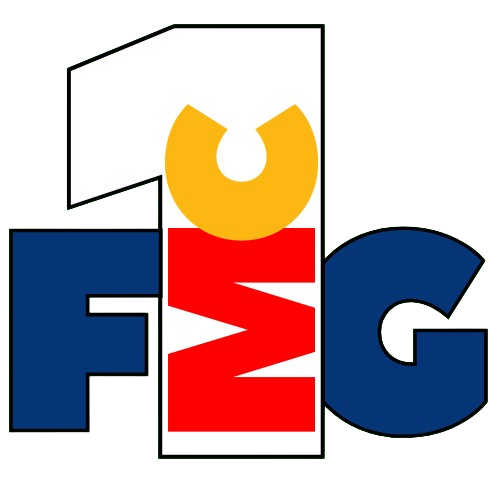Unilever Share Price Breaks Above 200-Day Moving Average, Signalling Potential Shift
Unilever plc (LON:ULVR) has seen its stock climb above the 200-day moving average, closing at GBX 3,875.50 on April 16, 2025, compared to the 200-day average of GBX 3,869.39. While modest in scale, this technical crossover is considered a key bullish signal by market analysts and could mark a turning point for one of the FMCG industry’s largest players.
The shift arrives as Unilever continues efforts to reinvigorate its brand portfolio and streamline its operations. The company has faced pressure over the past year from both investors and market competitors to drive stronger growth and improve shareholder returns. Crossing the 200-day moving average suggests positive sentiment from investors, potentially reflecting renewed confidence in the group’s long-term strategy.
As of the latest trading session, Unilever’s market capitalization stands at approximately £97.09 billion. The stock holds a price-to-earnings ratio (P/E) of 16.90 and a relatively low beta of 0.21, indicating less volatility than the broader market. These indicators imply that institutional investors view Unilever as a stable, income-generating asset amid broader market fluctuations.
The company has also maintained a healthy dividend yield, currently at 3.82%, reinforcing its positioning as a defensive play in the consumer staples sector. Recent analyst sentiments reflect a mixed stance: out of several ratings tracked, only one came in as a “buy,” with six “hold” recommendations and two “sell,” highlighting cautious optimism from the market.
The stock hit a 12-month low of GBX 3,678.50 and has steadily recovered to its current level. While technical indicators offer a bullish backdrop, strategic focus remains essential. With inflationary pressures easing and global supply chain constraints stabilizing, Unilever’s ability to drive volume-led growth in core categories such as personal care, nutrition, and home care will be closely watched by FMCG stakeholders.
As the second quarter progresses, this technical breakthrough offers a key data point for market analysts, brand managers, and investors assessing the momentum behind established FMCG leaders amid rapidly evolving category dynamics.

